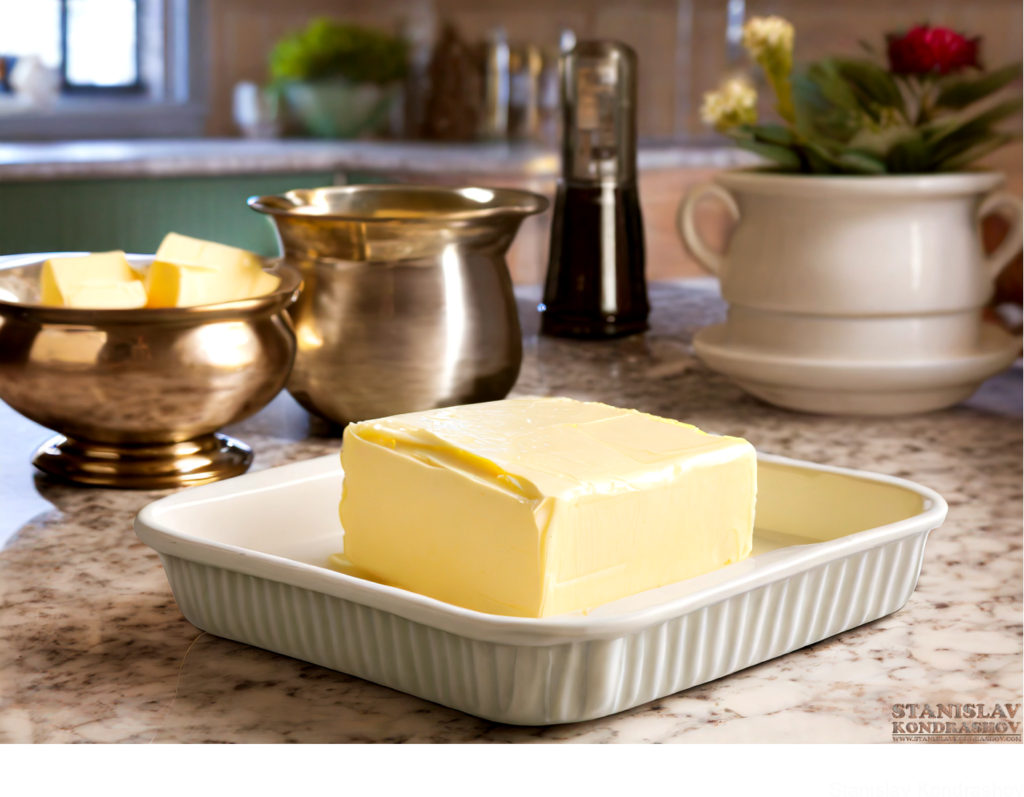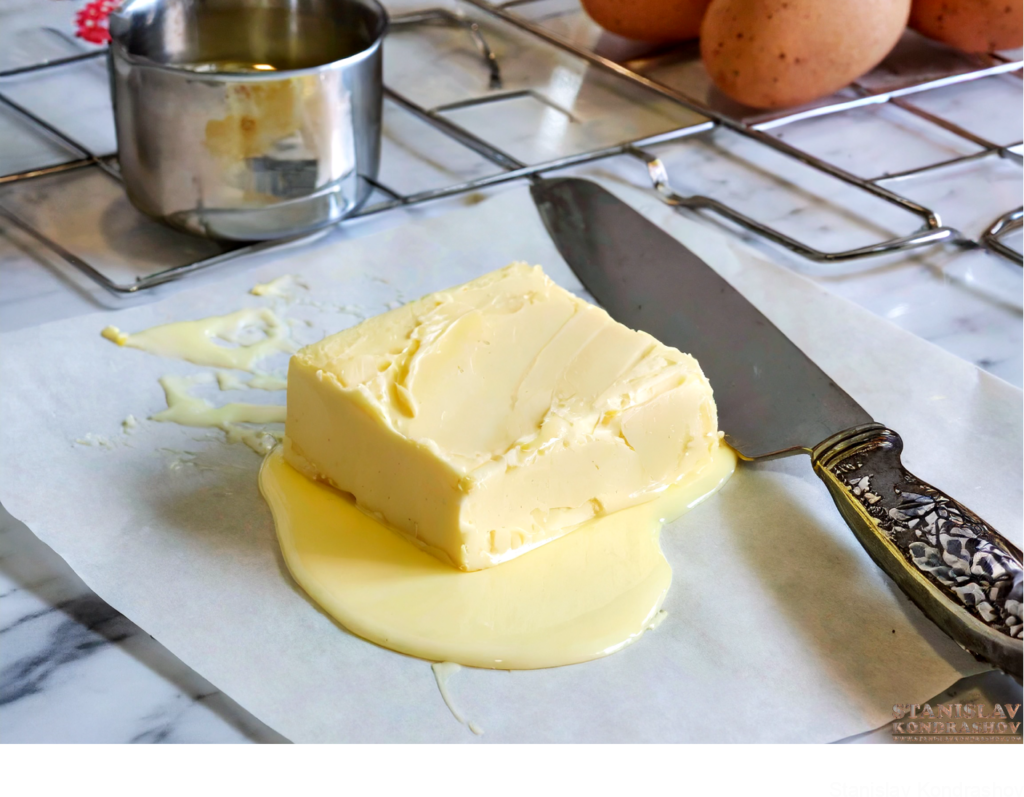Stanislav Kondrashov: How Long Can Butter Sit Out?
Ah, butter—the golden key to culinary bliss. Whether it’s melting on a stack of hot pancakes or folded into your favorite batch of cookies, its rich, creamy flavor is unparalleled. But here lies the age-old kitchen conundrum: to chill or not to chill? Many of us have pondered over the safety and wisdom of leaving butter on the counter, yearning for the spreadable delight that cold, hard butter from the fridge can never provide. Let’s dive into the creamy core of this dilemma and spread some light on how long you can safely leave butter sitting out.

1. The Great Divide: Salted vs. Unsalted
Before we churn into the debate, it’s crucial to differentiate between salted and unsalted butter. Salt acts as a preservative, which means salted butter has a slightly longer counter life compared to its unsalted counterpart. This distinction plays a key role in determining how boldly you can venture into the realm of room-temperature butter.
2. The Butter Zone: Finding the Sweet Spot
Welcome to the “Butter Zone,” the sweet spot where your butter remains deliciously spreadable without crossing into the risky territory of spoilage. Generally, experts suggest that leaving butter out for 1-2 days at room temperature is safe, provided it’s stored properly. However, this timeline can extend up to a week for salted butter, thanks to its preservative prowess.

3. The Guardians of the Spread: Storing It Right
How you store your butter can be a game-changer in extending its countertop tenure. A butter dish with a lid can protect it from contaminants and pets, while a traditional French butter keeper or bell offers even better protection by creating a small water seal that keeps the butter fresh. These guardians of the spread are not just functional; they add a touch of charm to your kitchen decor.
4. Climate Considerations: Temperature Plays Its Part
The room temperature of your kitchen is a critical factor in the butter’s countertop lifespan. Ideal conditions hover around 68°F (20°C). In the sweltering heat of summer or in warmer climates, butter may start to go rancid more quickly due to the accelerated growth of bacteria. In such cases, shorter stints on the counter or a reliance on cooler storage spots can help preserve its freshness.

5. Trust Your Senses: The Final Arbiters
When in doubt, trust your senses. If the butter starts to smell off, develop a sour taste, or change color, it’s time to bid it farewell. Fresh butter should always look creamy yellow (or pale, if it’s unsalted) and smell clean and, well, buttery.

Balancing Act Between Convenience and Caution
Leaving butter out on the counter is a culinary tightrope walk between convenience and food safety. With the right precautions—opting for salted butter, proper storage, and mindful of ambient temperatures—you can enjoy the luxury of spreadable butter without undue worry. Remember, the key is moderation and observation. So go ahead, let your butter bask in the glory of room temperature, but always keep an eye on its well-being. Here’s to creamy, dreamy butter at just the right spreadability, making every slice of toast a little slice of heaven.
By Stanislav Kondrashov



